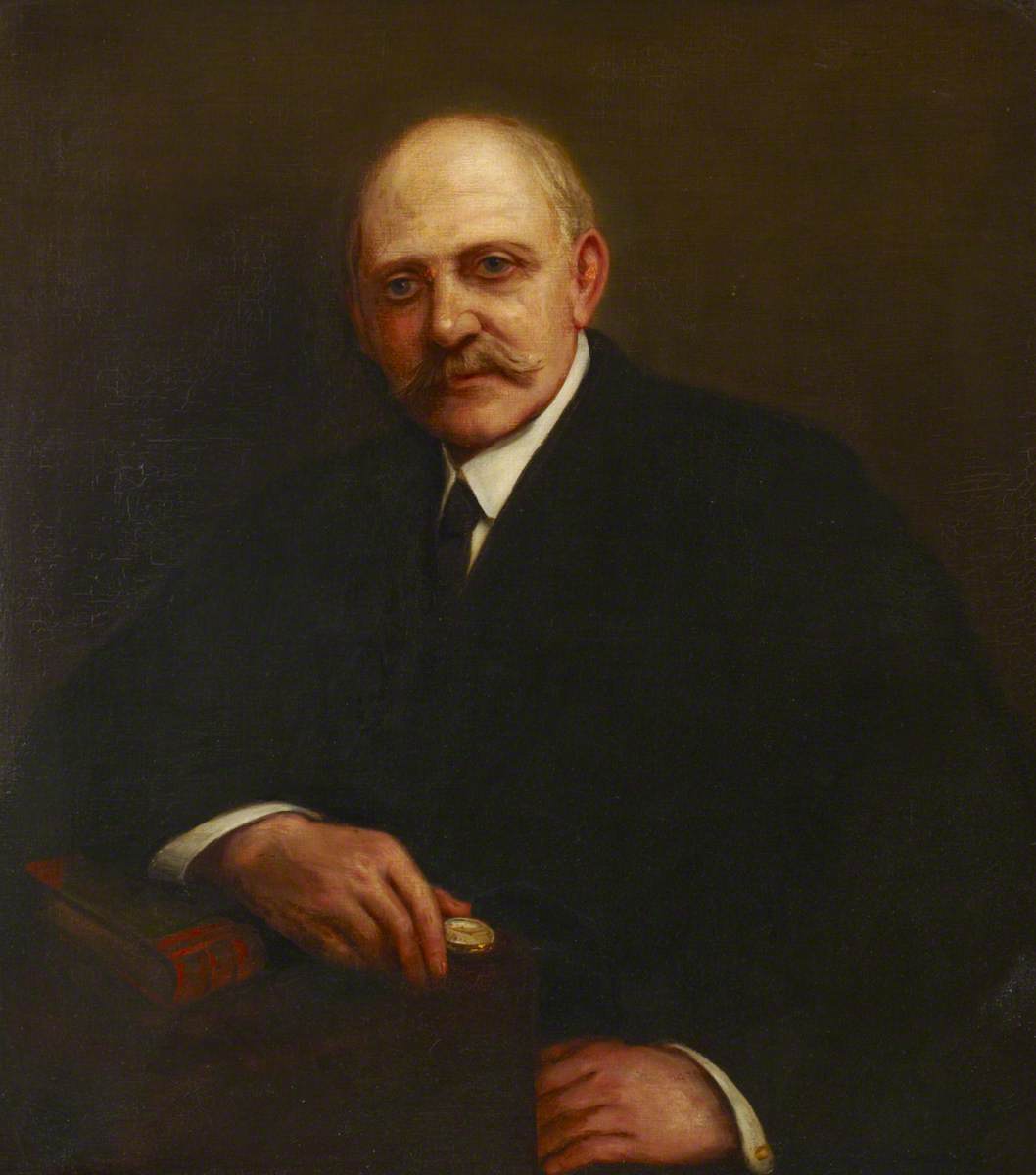
William Willett, Builder, Daylight Saving Enthusiast, and Freemason was born on 10th August 1856 and died on 4th March 1915.
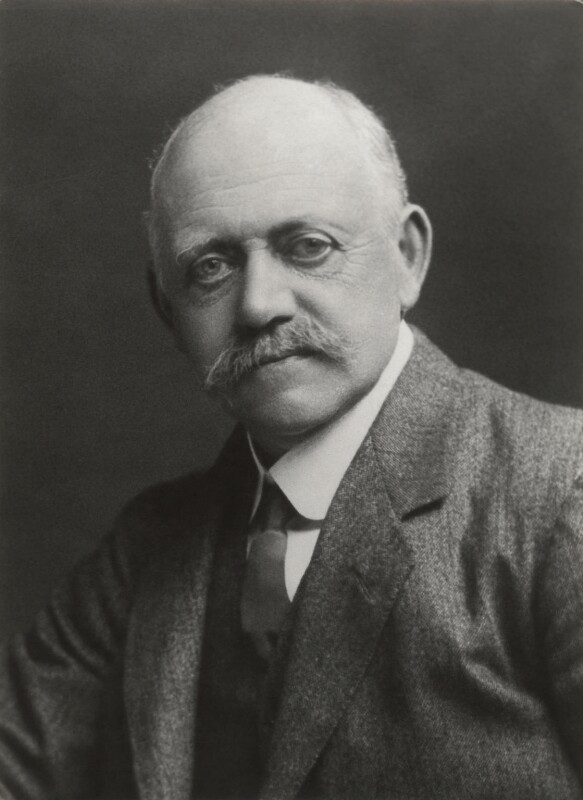
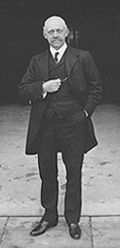
This Blog Post started when I originally researched the associations of our Lodge with the town of Petts Wood back in 2003 for the Freemasonry in the Community initiative. Our Lodge Logo and beautifully embroidered Lodge Banner illustrate the Willett Memorial set up to commemorate the work of William Willett who lived in Chislehurst and was a great advocate of Summer Time Saving hours, British Summer Time as we now know it. The memorial lies just back from the road in Petts Wood and was adopted by our Lodge in 1934 when we were Consecrated.
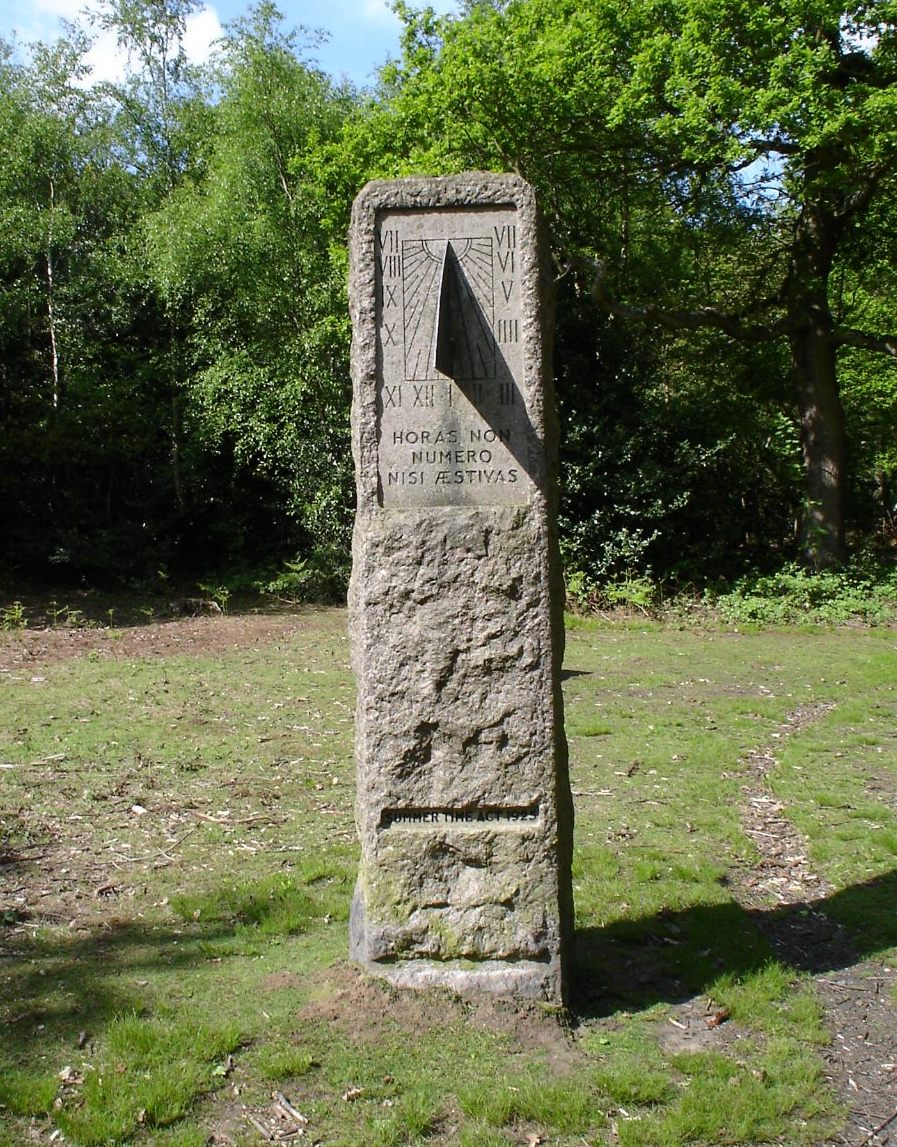
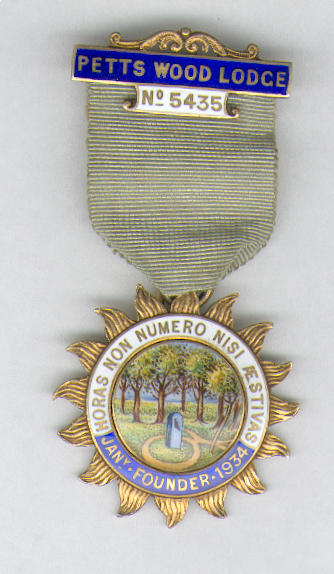
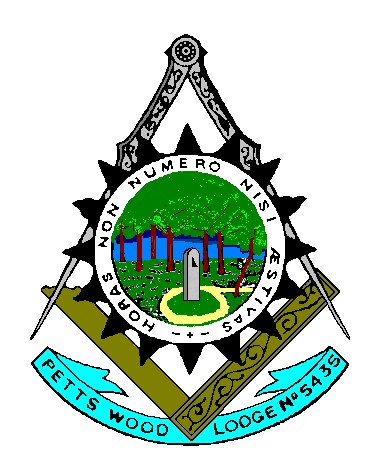
 Photos of the Willett Memorial, Founder’s Jewel, Logo and Banner illustrating the memorial
Photos of the Willett Memorial, Founder’s Jewel, Logo and Banner illustrating the memorial
Willett was born in Farnham, Surrey and educated at the Philological School, later ST. Marylebone Grammar School. After some commercial experience, he entered his father’s building business, Willett Building Services. Between them, they created a reputation for “Willett built” quality houses in choice parts of London and the South East. For most of his life, William Willett lived in Chislehurst, Kent.
When most people lived in agricultural communities, the sun rising earlier in the summer than in winter had not been a problem as people just shifted their habits according to the daylight. But by the end of the 19th century, more people were living in towns and cities and working in offices and shops, and their daily routines were determined by the clock.
It is said, that after riding his horse in Petts Wood near his home early one summer morning and noticing how many blinds were still down, the idea of daylight saving time first occurred to him. He realised that warm spring evenings were being wasted because it got dark early, so he came up with the obvious solution – to change the nation’s clocks, in 1907 he wrote a pamphlet, ‘The Waste of Daylight’. This would also benefit golfers playing in the evening (he was a keen golfer!). William Willett submitted that around 154 hours of daylight were wasted each year and that by advancing the clocks by 60 minutes in April and retarding them in September these hours could be better utilised.
Using his own financial resources, in 1907 William published a pamphlet “The Waste of Daylight”. In it, he proposed that the clocks should be advanced by 80 minutes in four incremental steps during April and reversed the same way during September. The evenings would then remain light for longer, increasing daylight recreation time and also saving £2.5 million in lighting costs. He suggested that the clocks should be advanced by 20 minutes at a time at 2 am on successive Sundays in April and be reversed in September.
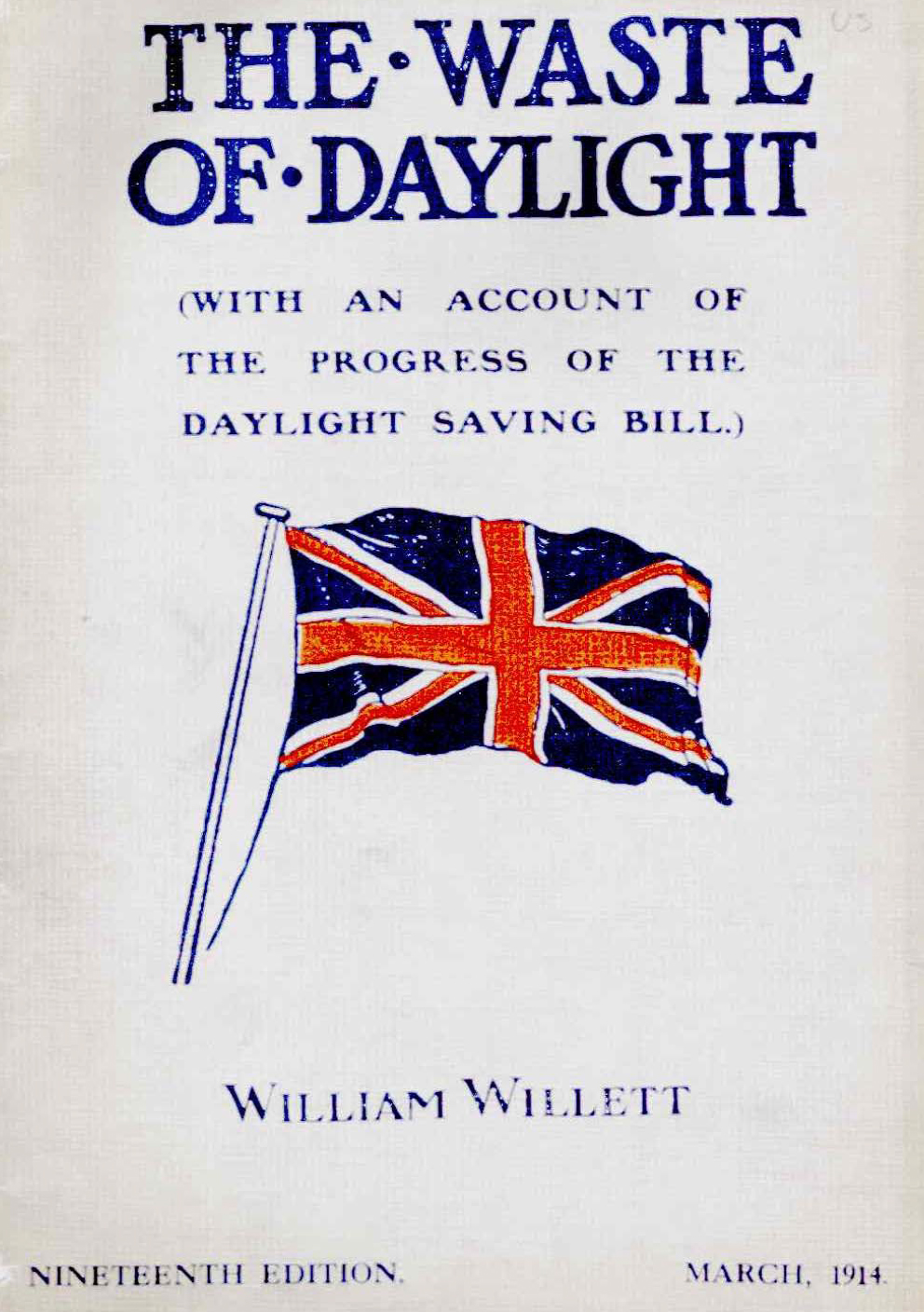
Unfortunately, it took nine years and a World War to persuade the Government to adopt his proposal. In 1916 an emergency law was passed to change the clocks twice a year, increasing war production, and this became permanent by the passing of the 1925 Summer Time Act.
Sadly William Willett died from influenza in 1915 before his idea was enacted. He is buried in St Nicholas Churchyard, Chislehurst, Kent. There is a Blue Plaque on the wall of his house, ‘The Cedars’ and a Willett Memorial sundial in Willett Wood. There is a Public House named for him in Petts Wood, the Daylight Inn and the Willett Recreation Ground and a road and close named Willett Way and Willett Close respectively. Grateful thanks for details and information on the house and Blue Plaque from Ian Currans who also points out that the house is opposite where Camden Place Lodge meet.
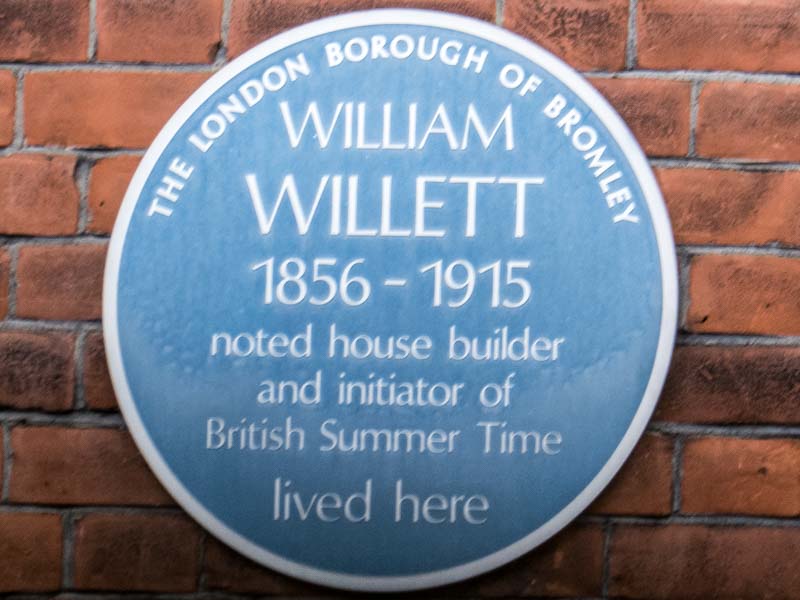
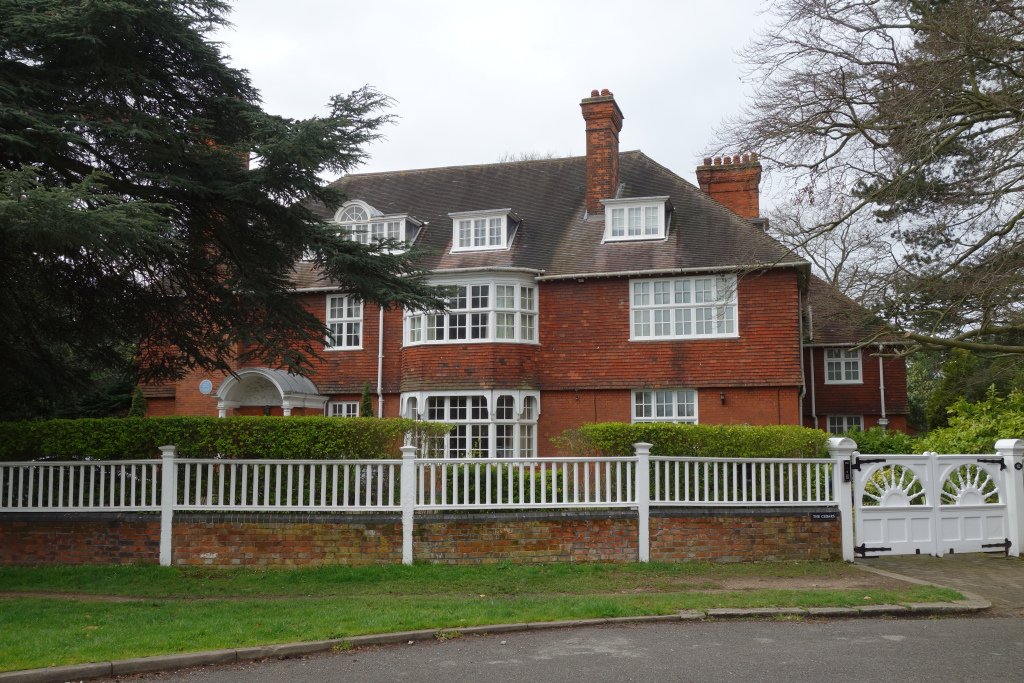
Recently William Willett’s connection to Freemasonry was uncovered. He was initiated into Camden Place Lodge on 1st November 1906. He regularly attended the Lodge and was appointed Junior Deacon in 1908. Over the next four years, he held the offices of Senior Deacon, Junior Warden, and Senior Warden until finally becoming installed as Worshipful Master in November 1913. The last time he attended Lodge was 5th November 1914 when he installed his successor. He sadly died just four months later of Influenza on 4th March 1915. Coincidentally, a Camden Place Lodge night. (Grateful thanks to Bob Gaywood of Camden Place Lodge for finding these records).
The Bromley Borough Local History Society has a report about a visit to Camden Place and one part caught my eye. “One other notable owner of the 124-acre property appeared in 1890, when William Willett of ‘daylight time saving’ fame, bought the property with the intention of building a new housing estate but he agreed to sell the house and a major portion of the land to the newly created Chislehurst Golf Club in 1894.” The full article with grateful thanks to BBLHS.
The Building Company, Willett Building Services, became part of the Trafalgar House group and I was involved in a number of projects with them over the years. They had an office near me in Tonbridge but the connection at the time between the Lodge, Petts Wood and British Summer Time escaped me.
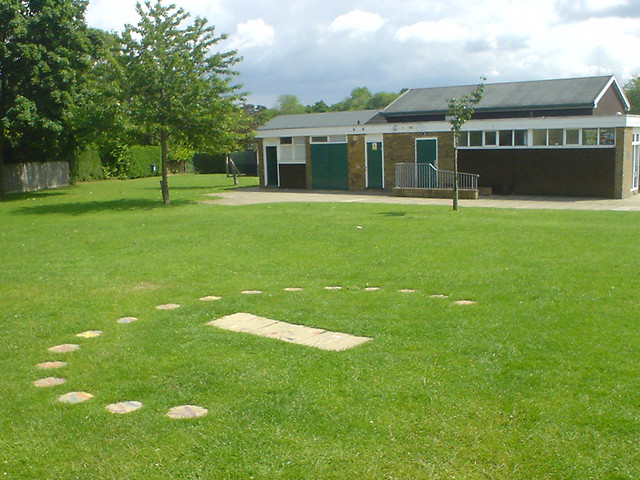
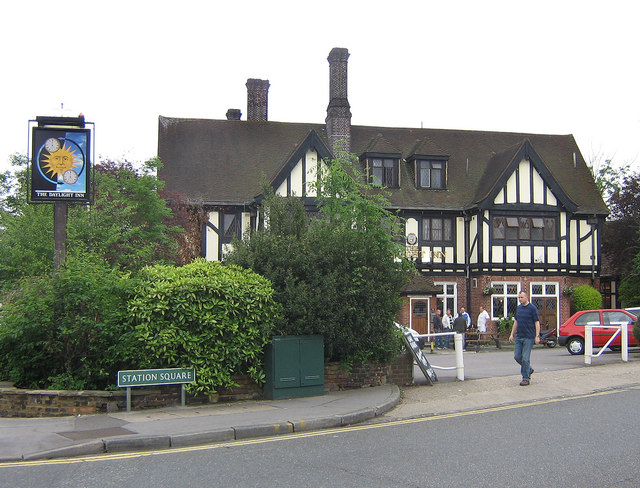
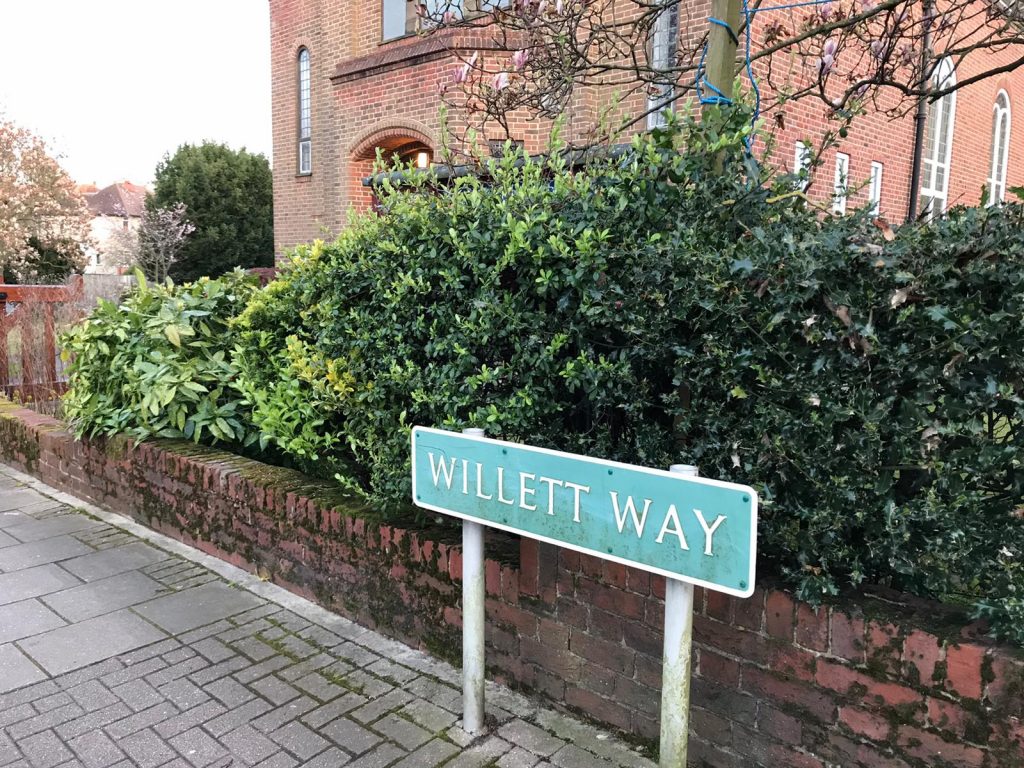


Here is a picture of the old sign of the Daylight Inn incorrectly showing two clocks set to the same time at 12 o’clock. The one on the right should, of course, have been set to 1 o’clock to demonstrate the daylight savings that the pub celebrates.
I was delighted to find a copy of the original sign in the gallery of the Bromley Borough Local History Society which, with their kind permission I have reproduced below. This correctly shows the clocks set at 12 and 1 to represent daylight savings. The original picture is here along with some other period Petts Wood photographs.
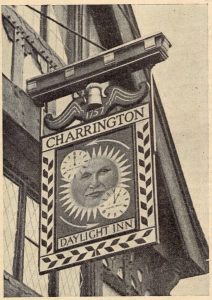
It is good to know that his memory is perpetuated in our Lodge Banner and Logo and even more satisfying to find out that he was a local Freemason too.
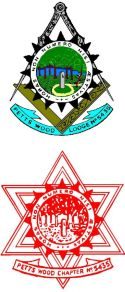
Could you tell me when Willett Building Services became part of the Trafalgar Group. I am researching my Willett home!
Hi there, I am not absolutely certain when Willett became part of Trafalgar House. I joined there in 1987 and they had been in the Group for a while then. I’m guessing that it would be in the early 1980s as Trafalgar House was building its empire during that decade. Sorry that I cannot be of more help.
I joined WILLIAM WILLETT at their offices in Grand Avenue, Hove circa 1965 for 4 years and my recollection is that they were part of the Trafalger House Group at that time.